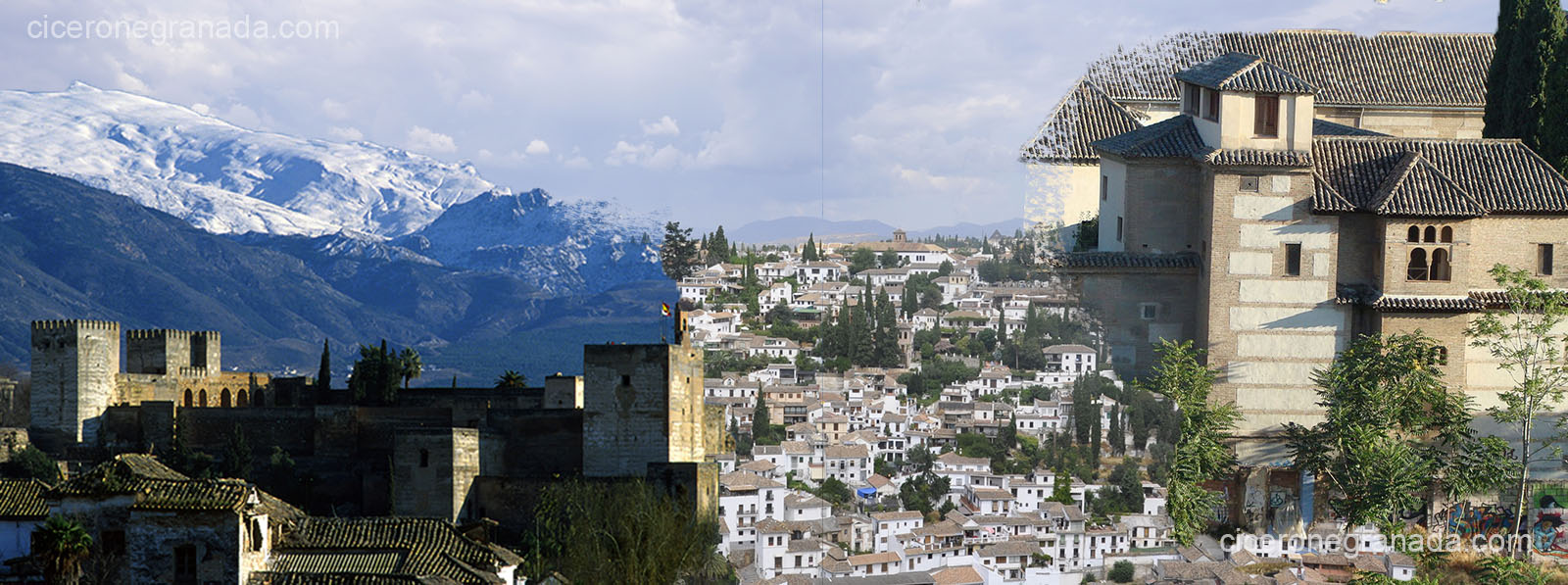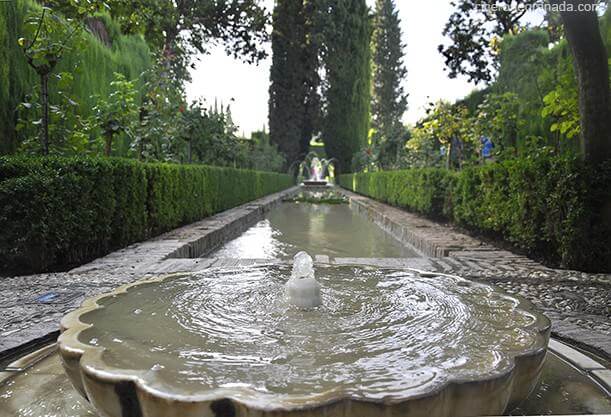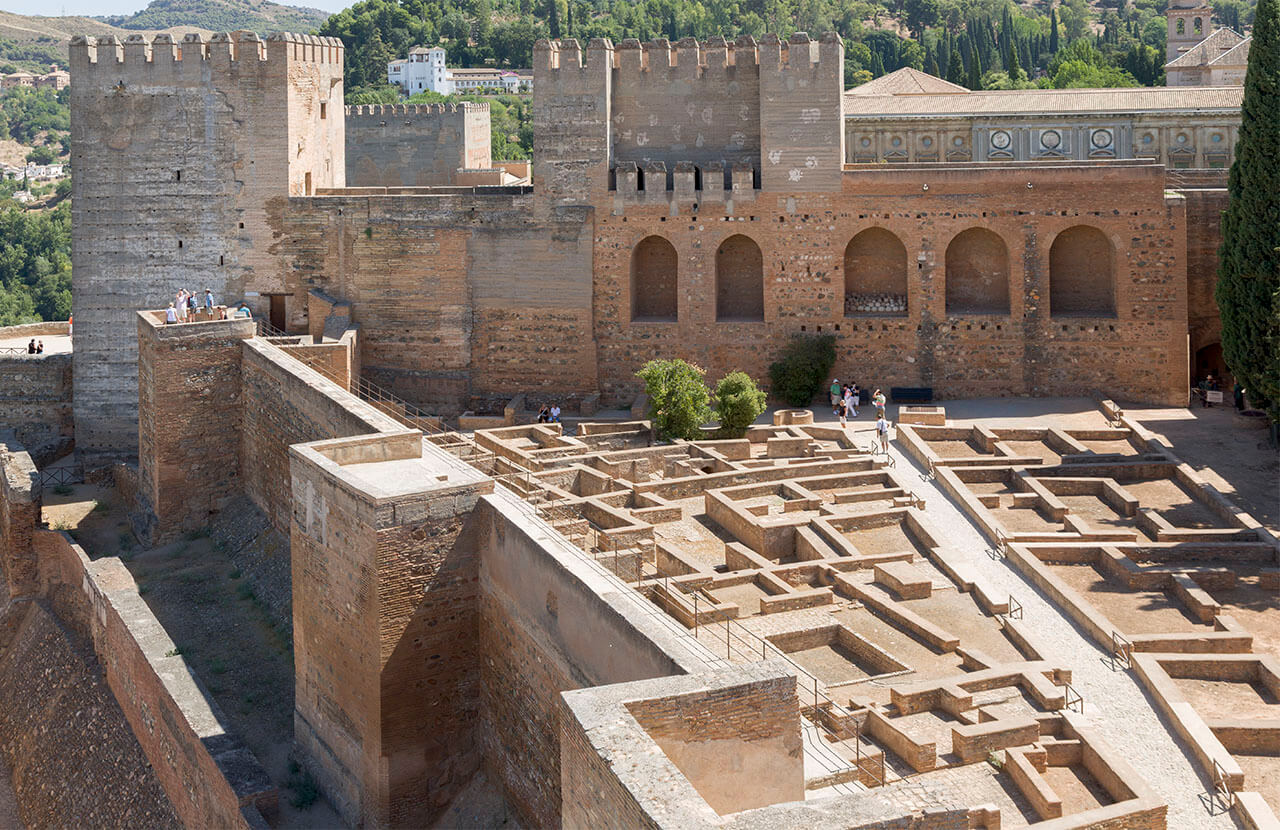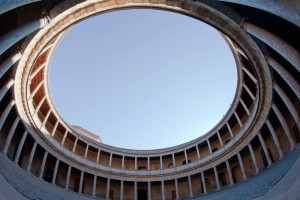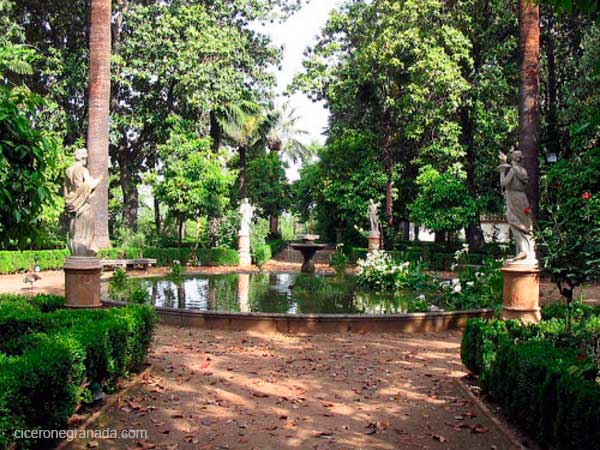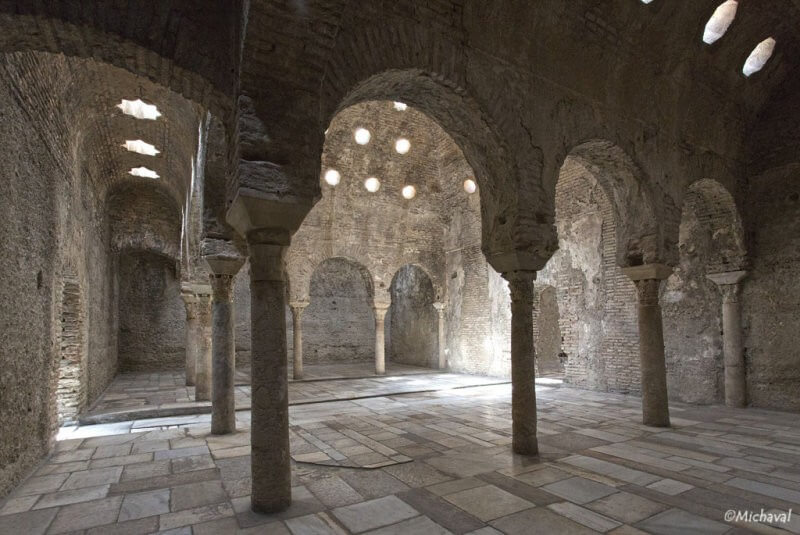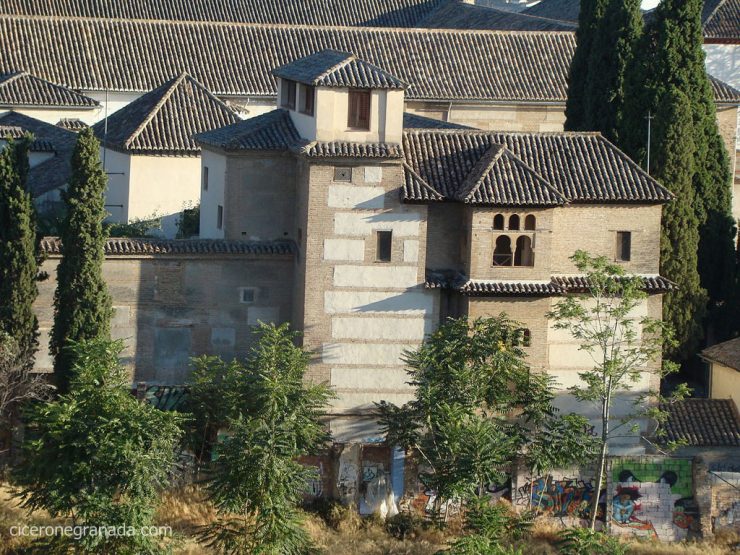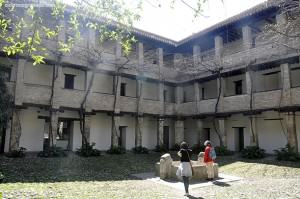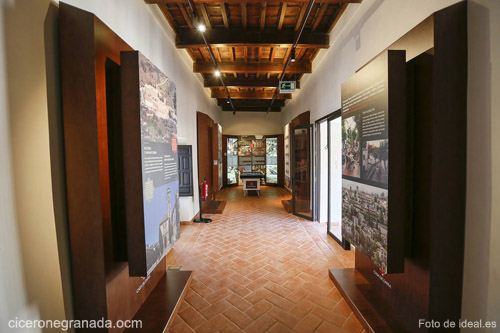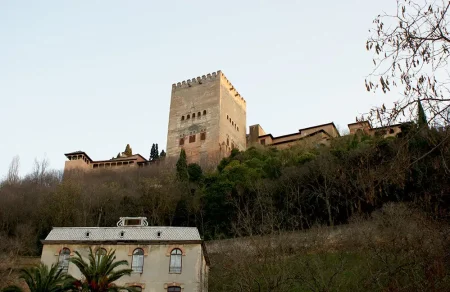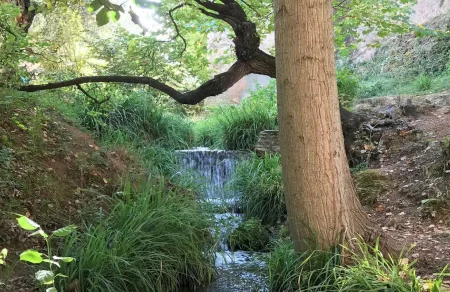The Alhambra is a Palatine city that, for centuries, had its own activity. It’s linked to the history of Al-Andalus and the Nasrid Muslim Dynasty. On the other hand, like the Alhambra, the Albaicín is located on the Colina de la Sabika, but it was abandoned during the Roman Empire and was recovered upon the arrival of the Zirid Muslim dynasty. For a long time, the Alhambra and the Albaicín were not connected, but now there’s a new route: the Dobla de Oro, which allows you to know both the Alhambra and the Alcaicín in a tour.
Índice de contenidos
Why is it called the Dobla de Oro?
The Dobla de Oro was the coin used in Muslim Granada, both inside and outside the Palatine city. It symbolises the mixture between the society which inhabited the area inside and outside the walls, since it was a means of communication between the palace, merchants, craftsmen and civil servants.
Dobla de Oro Route: What to see in the Alhambra
Nasrid Palaces
When visiting the Alhambra (Alhambra Tours), we’re always taken aback when we explore the palaces which were home to the sultans and Nasrid kings. If you walk around with a good guide, your imagination will bring the walls and ceilings in these palaces, to life. You’ll become one of them and you’ll imagine yourself waking up there. This privilege probably seems impossible. This is when you’ll realise that you’re in a unique part of the world.
Generalife
This feeling will be echoed when you walk around the Generalife gardens a space where the Nasrid Sultans enjoyed themselves and grew fruits and vegetables. In our experience, one of the most frequent questions asked in our premium small groups is “Can you imagine waking up in the morning, having breakfast and then taking a wander around here? that’s paradise!”. The kings and sultans brought paradise to earth through the Alhambra. That’s why the walls of its palaces are covered in verses from the Koran.
The Medina
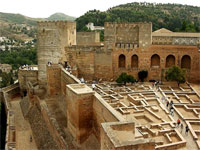
The medina is a city that was home for ordinary people. It’s also home to the remains of the public baths, craftsmen’s workshops, ovens and civil servant’s houses. While you’re balled over by the beauty in the Nasrid palaces, as your guide explains the history, you’ll hear the hustle and bustle of the merchants, the neighbour’s whispers and their forbidden loves.
The Alcazaba
This is a fortress specially designed to defend the area. That’s why it’s the oldest building in the monumental complex, located next to the Torres Bermejas. When they arrived at one area, the first thing that needed doing was to ensure it was protected from potential invasions. Despite being exceedingly practical, the building is designed with exquisite taste. It also has a stunning view over the city of Granada (Granada Tours).
Palace of Charles V
When he got married, the grandson of the Catholic Monarchs spent his honeymoon here, alongside his wife. She was fascinated by the Alhambra, so much that she wished to spend long periods there.
So, the King built a Palace so that he and his wife had their own home within the last land conquered by his grandparents in the peninsula.
Dobla de Oro Route: What to see in the Albaicín
As we mentioned, the Albaicín is on the Sabika Hill. It’s Granada’s most historic site and was first populated during the Roman Empire. After the fall, the Zirid Muslim dynasty found their home here. They began to build one of the most beautiful places in the world, which still remains one of a kind today. The neighbours in the Albaicín spoke of “heading down into Granada” and they’ve got a more community-oriented lifestyle than the other areas in the city.
The Albaicín’s cármenes
What’s a cármen? The Arabic word “Carmen” means “garden”. It was used to name the residential houses which belonged to key figures, where nature is the protagonist. In Andalusian Arabic culture, nature played an essential role. Firstly, because of the love they gave the divine creation and secondly, because they are a source of natural air conditioning. The best known are the Carmen de los Mártires and the Carmen de la Fundación Rodríguez Acosta. It belongs to a tradition which was carried through until the 20 th century.
El Bañuelo
The Arab baths are known around the world. This is your chance to see an example of Arab baths constructed in the 11th and 12th century. It’s one of the best-preserved in Spain, so it’s always worth wondering: how did they make such perfect constructions? The reality is, we shouldn’t be so surprised. There was a significant penchant for science within Andalusian Arabic culture.
Dar Al-Horra Palace
In the cármenes and along the narrow streets of the Albaicín is the Dar Al-Horra Palace, home to the sultan, Aixa, mother of Boabdil, Granada’s last Muslim king and thus, the last king of the Al-Andalus. As it simply couldn’t be any other way, the palace has a central patio, at the heart of which is a pond. The Albaicín just isn’t the same without water and its whispers.
Corral del Carbón
This is a 14th century Kahn or Caravanserai, which was used as storage. It was joined to the souk or the Medina by a bridge. After the Christian conquest, it was a home for the coal men. However, it became an Open-Air Comedy Theatre or used as small apartments. It’s so important that in 1918 it was declared a National Monument. Today, it’s the heart and soul of cultural activities.
Casa de Zafra
This is the living proof of what Andalusian Arabic homes were like. The houses were built around a courtyard with a pond. The rooms of the house were built around it to make it a home for a normal family. We’d suggest you pay plenty of attention to the decor, as it is both unique and prestigious.
The Maristan
The Maristan is a medieval building located in the city of Granada. It was originally built as a hospital in the 14th century, but it was later used as a mint (Casa de la Moneda) which led to several renovations. Over time, it was used for other purposes: storehouse, prison, and military barracks. By the 19th century, the building was almost entirely demolished.
The Maristan is an excellent example of Nasrid architecture.
It has been included in the route in January 2023.
The Dobla de Oro route is very complete and enables us to appreciate the true grandeur of the Hispanic-Muslim culture. We invite you to come and explore, whether you’re planning a trip to Granada or already live here. It’s not often you’ll have the chance to travel back in time through such beauty.


